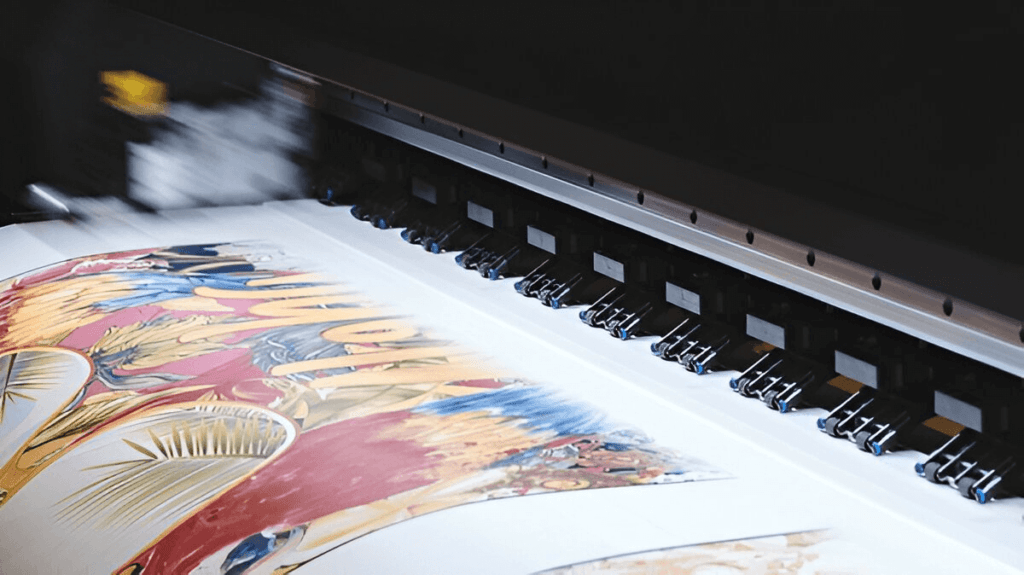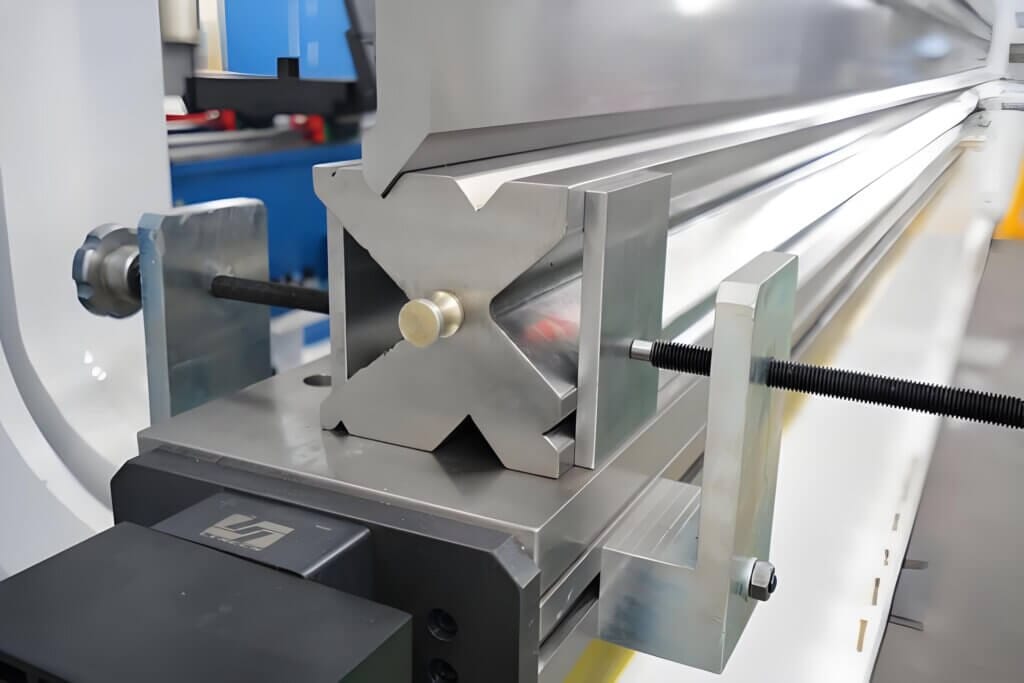Understanding Precision Cutting Blades
Precision cutting blades are specialized tools designed to deliver consistent and accurate results in various industrial applications. These blades are engineered to meet strict performance standards, ensuring that every cut made is as precise as possible. Their significance in industries such as manufacturing, woodworking, and metalworking cannot be overstated, as they are essential for enhancing productivity and maintaining high-quality outputs.
Different types of precision cutting blades cater to specific tasks and materials. Some of the most common types include circular saw blades, band saw blades, and router bits. Each type is specifically designed to suit particular cutting requirements, such as thickness and material composition. For instance, circular saw blades are generally utilized for straight-line cuts in wood, while band saw blades are typically preferred for intricate curves in various materials.
The materials used in the construction of precision cutting blades play a pivotal role in their performance. High-speed steel (HSS), carbide, and ceramic are three of the most prevalent materials found in these blades. High-speed steel is known for its durability and ability to retain sharpness, making it suitable for a range of cutting tasks. Carbide blades, on the other hand, are renowned for their hardness and longevity, often used in heavy-duty applications. Ceramic blades, while less common, offer exceptional sharpness and are favored for specific niche uses.
The technology behind the manufacturing of precision cutting blades further enhances their performance. Advanced techniques such as laser cutting, grinding, and coating processes contribute to achieving the ultimate level of precision. Innovations in blade design, including features like anti-friction coatings and specialized tooth geometry, ensure that the blades can cut through various materials with minimal resistance, leading to cleaner cuts and reduced wear.
Applications of Precision Cutting Blades in Industries
Precision cutting blades are an integral component across a variety of industrial sectors, offering unparalleled accuracy and efficiency in cutting applications. In the manufacturing industry, for example, these blades are essential for machining processes where tight tolerances are critical. They facilitate the precise shaping and trimming of materials such as metals and plastics, ensuring that each part meets exact specifications. Using high-performance cutting tools enables manufacturers to reduce waste and maintain quality control throughout their production processes.
In the woodworking sector, precision cutting blades have revolutionized the way wood is processed. These blades are designed to make clean and accurate cuts, reducing the likelihood of splintering and promoting fine finishes. Whether in the form of saw blades for cutting sheets of plywood or specialty blades for intricate designs, their application significantly enhances productivity while ensuring high-quality results. The ability to achieve precise cuts also translates into better use of raw materials, ultimately benefiting the bottom line.
The textile industry similarly benefits from the advanced capabilities of precision cutting blades. These specialized blades are employed in cutting fabric with intricate designs and patterns, which is essential for garment manufacturing. The accurate cuts provided by these blades contribute to consistent fabric patterns, minimizing fabric waste and enhancing overall production efficiency. Additionally, precision cutting blades are critical in the automotive industry, particularly in the cutting of composite materials and advanced fabrics used in vehicle interiors.
In conclusion, precision cutting blades serve as a vital tool across multiple industries, including manufacturing, woodworking, textiles, and automotive sectors. Their ability to deliver accurate cuts contributes to improved quality, reduced waste, and increased productivity, making them indispensable for companies aiming for operational excellence.
Selecting the Right Precision Cutting Blade
When selecting a precision cutting blade, it is essential to understand the technical specifications that affect the blade’s performance and suitability for specific applications. The first key specification is the diameter of the blade, which influences the depth of the cut and the size of the cutting area. Larger diameters generally allow for deeper cuts; however, the optimal size must also consider the type of equipment being used and the material being cut.
Another crucial aspect is the thickness of the blade. Thicker blades provide greater stability and rigidity, which can be beneficial when cutting dense materials. Conversely, thinner blades are often preferred for faster, less aggressive cuts and for working with lighter materials. Therefore, the choice between thickness and diameter should align with the intended cutting task.
Tooth count is another important consideration when selecting precision cutting blades. Blades with a higher tooth count typically yield finer cuts, making them suitable for delicate tasks and materials that require precision. On the other hand, blades with fewer teeth are designed for faster cutting of tougher materials, increasing efficiency but potentially sacrificing the quality of the finish.
Additionally, the material of the cutting blade plays a vital role in determining its effectiveness. Blades made from high-speed steel, carbide, or diamond-tipped materials offer different advantages and longevity based on the cutting tasks. For instance, diamond blades excel at cutting through hard materials, while high-speed steel blades are more versatile for various applications.
The compatibility of the chosen precision cutting blade with the materials being processed is crucial for optimal performance. Different materials respond differently to specific cutting techniques and blade types. Therefore, understanding the material properties is essential for selecting the right blade for the job. Careful consideration of these specifications will lead to more efficient and accurate cutting, ultimately enhancing productivity in industrial settings.
Maintaining and Caring for Precision Cutting Blades
Precision cutting blades are essential tools in various industrial applications, and proper maintenance is crucial to ensure their longevity and optimal performance. To achieve this, it is important to establish a routine that includes cleaning, sharpening, and storing these blades correctly. Keeping them in top condition not only enhances their accuracy but also improves safety during use.
Cleaning precision cutting blades after each use is vital to remove debris and buildup that may compromise their cutting performance. Use a soft cloth or brush to dislodge any material stuck on the blade. For tougher residues, a mild solvent can be applied, but it’s important to follow the manufacturer’s guidelines regarding acceptable cleaning agents. Avoid abrasive materials that may scratch the surface of the blades, as such damage can alter cutting precision.
Sharpening precision cutting blades is another important aspect of maintenance. Dull blades not only lead to subpar cuts but also increase the risk of accidents as users may apply excessive force. Depending on the blade’s material and usage, sharpening can be done using a honing stone or an electric sharpener specifically designed for industrial cutting tools. It is essential to follow the correct angle during sharpening to preserve the blade’s geometry and edge, thus maintaining its cutting proficiency.
Storing cutting blades properly can significantly prolong their life. It is advisable to keep them in a designated storage solution, such as a blade case or a magnetic strip, which protects them from damage and reduces the risk of accidents. Blades should be stored in a clean, dry environment to prevent rusting and degradation.
Finally, safety precautions should always be taken when handling precision cutting blades. Wearing protective gear, like gloves and goggles, will help shield against potential injuries. Additionally, regular inspections for any signs of wear or damage are recommended, ensuring that blades are safe for continued use. By following these maintenance practices, users can ensure that their precision cutting blades remain efficient and safe.






